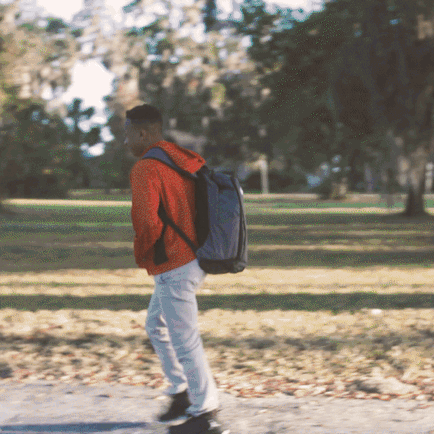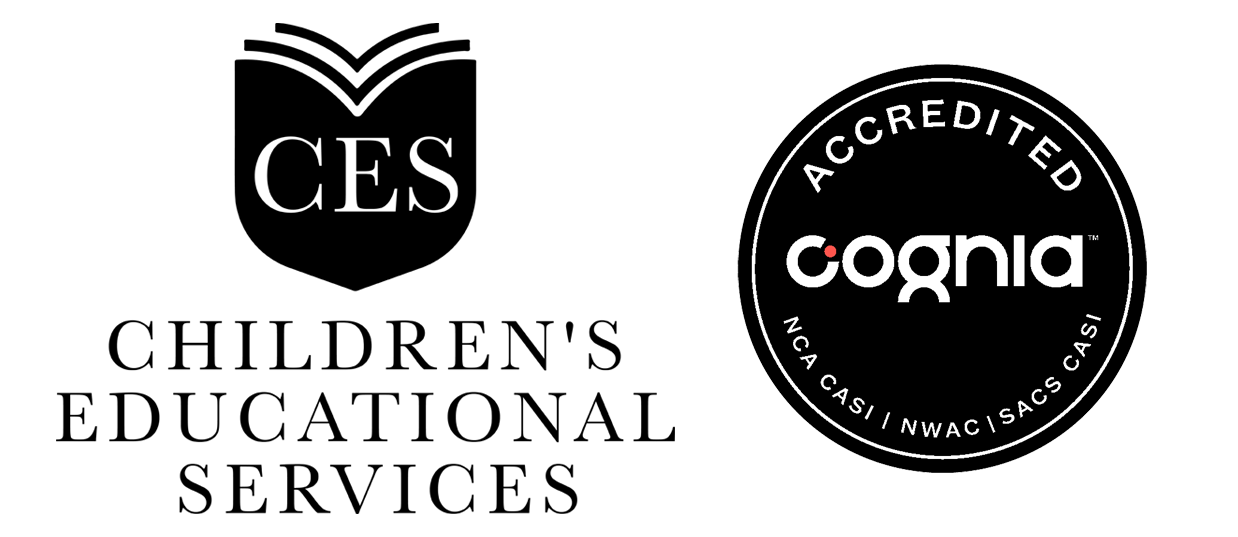
This year, summer slide will crash right into COVID slide. This means that supporting your students’ literacy needs and lessening the learning loss that has resulted from the disruption of two academic school years will be more important than ever.
The best solution for your students is reading real books during the summer. As with classroom reading, the three keys to engaged reading remain true for summer reading too: students need access, choice and just right books that they want to read.
Inspire Summer Readers with These Top Summer Reading Tips
Here are some ideas for how you, your school and your students’ families can work together to keep students reading all summer long!
1. Summer library check out

Whether from individual teachers or the school library, strongly consider creating a check-out system for over the summer. Are there risks? Sure. But the benefits of students having and reading books far outweigh the possible loss of a few bucks.
2. Book giveaways

This can be a structured district- or school-wide giveaway. This could also be smaller, informal raffle-type giveaways. Students LOVE to get free books, and they’ll be pumped to read their new goodies.
3. Host book swaps

Many families or local organizations like libraries will have books they’re ready to get rid of. Schedule one or several dates throughout the summer where previously loved books can be exchanged for exciting new finds.
4. Share information with families

Use school newsletters, websites, take-home fliers, etc. to get information out to families about the importance of summer reading and strategies for engaging their students.
5. Encourage participation in summer reading programs

Your local library probably has a summer reading program with incentives built in like free T-shirts, free books, activities and more. Share information and even sign-up forms to make it easy. Other organizations, like Pizza Hut, have summer reading incentives too!
6. Provide summer reading lists and resources

Suggest hot titles, websites or ways to get books. Many families are eager for more information and insight into what their students can be reading. You can even build custom summer reading lists unique to each student through Booksource’s Summer Reading Solution, so students have their very own collection of exciting summer titles to take home over summer vacation.
7. Think outside the book

All reading counts. Magazines, street signs, billboards, restaurant menus, recipes, grocery lists, age-appropriate blogs, websites and more. Encourage students and their families to seize every available opportunity to devour the written word.
8. Plan ahead

Offer incentives and excitement when students return to school. Create welcome lunches to discuss exciting summer reads, book clubs, a summer book wall or opportunities for students to book talk their favorites.
9. Stay in touch

An encouraging letter from the past year’s teacher or a welcoming one from the new teacher should always touch on summer reading choices! Share what you are reading and ask them the same. Keep reading in the forefront of their minds.
10. Encourage social reading

Whether this looks like a handful of students reading the same book or encouraging/facilitating periodic book club Zoom meetups, students are more likely to read when they know that others are reading too. Having the opportunity to share and discuss what they’re reading is a silver lining!
11. Share your own summer reading plans

What are you reading? Where will you read? What are your reading goals? Maybe you want to read one book from every genre. Maybe you’re focusing on diverse authors or characters. Maybe you are doing a summer of poetry! Let them know what your plans are in order to spark their own desires and creativity.
12. Brainstorm summer reading opportunities with students

After you’ve shared your own plans, help them make their own. Get it all down on paper. Where are places they think they can read? When can they read? What can they read?
13. Set goals together

How many books are they aiming for? What new titles or series will they try? Encourage daily reading. Encourage them to bring a book with them everywhere they go.
14. Provide a method for tracking summer reading

A reading log doesn’t have to leave a bad taste in your mouth. It’s not the only way to track reading! Get creative: use thermometers they can color in, paper chains to count down how many books they’ve read or a fun sticker chart. Make tracking a fun and easy way to see their progress. They’ll be encouraged and driven to keep going!
15. Begin early, encourage often

Don’t wait to bring up summer reading during the last week of school. Spend weeks building up the idea that reading is an integral part of every summer break. Use vocabulary that builds up the excitement of reading: escape, indulgence, different worlds, relax, adventure, mysteries to solve and more.
Do what you can to get books to your students and help them see what you already know – reading is fun! It’s not meant to be another summer task; it’s something that should bring excitement – not cause panic.
Source: Book Source Banter


